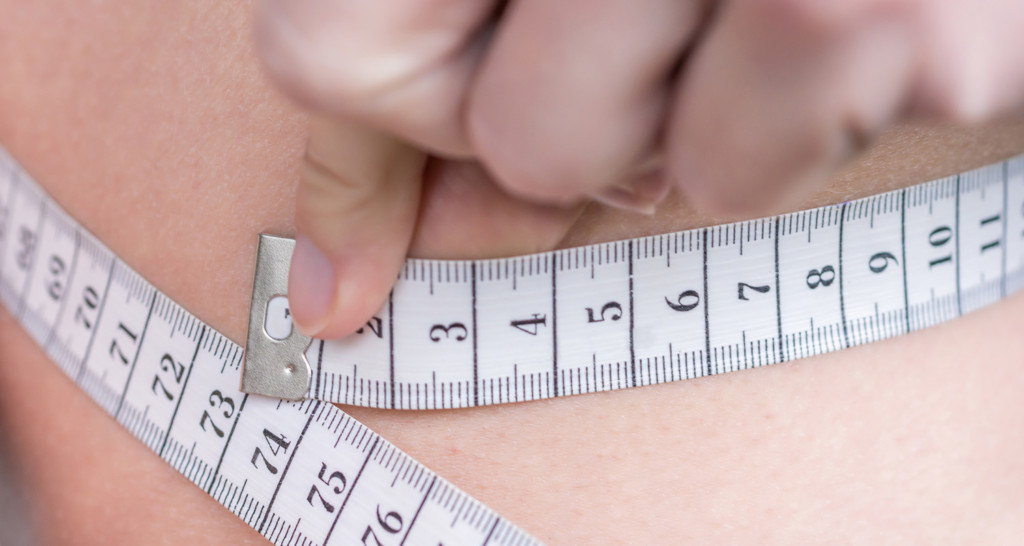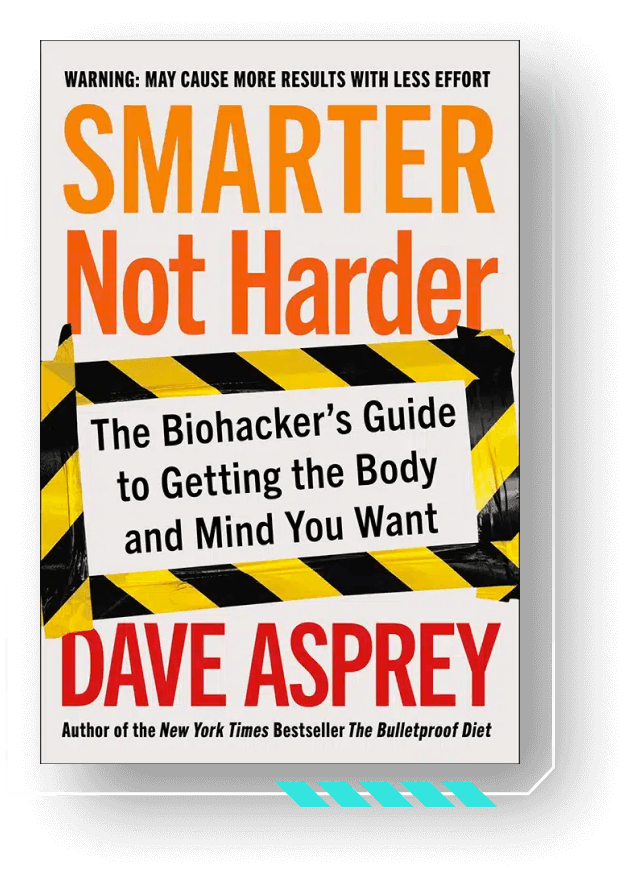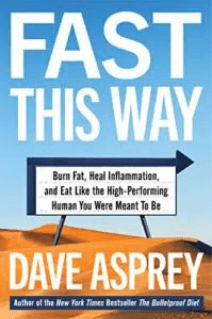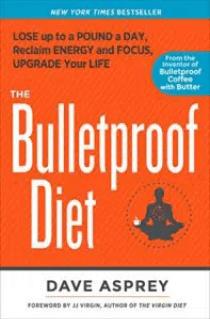
[tldr]
- A growing body of research shows that a larger rear-end increases longevity and improves cardiovascular and metabolic health.
- Keep in mind that the benefits of a big butt are linked to a larger hip-to-waist ratio, not simply larger hips. That means you want to target the fat in your midsection.
- Lifestyle changes that lead to weight loss, such as intermittent fasting or high intensity interval training (HIIT workouts), tend to target visceral fat first, helping you shed weight where it matters most.
[/tldr]
Sir Mixalot’s “Baby Got Back” may have been on to something, along with Nicki Minaj, J-Lo, Solange, Meghan Trainor, and countless women artists reframing the way America appreciates the fuller-figured body. It’s not just about aesthetics. As it turns out, curves in the right places may help keep disease at bay.
A growing body of research shows that a larger booty is linked to lower mortality and better cardiovascular and metabolic health.[ref url=”https://www.ncbi.nlm.nih.gov/pubmed/20663064″][ref url=”https://www.nature.com/articles/ijo2009286″]
How can a big booty help you live longer? The key is in how your body stores its fat. Let’s start at the bottom (literally).
Download the Bulletproof 30-Day Upgrade to supercharge your brain and body
Benefits of a big butt: What the science says
Most studies on hip circumference are “controlled” to study hips alone. This means researchers statistically adjust for other variables like disease, obesity, or waist circumference, so that the differences left are more likely to be linked to hip circumference. The benefits of a big butt include:
Lowers disease risk: Studies show that folks with proportionally larger hips and behinds — more fat stored in their lower body — may be at lower risk for heart disease, metabolic disease, and overall mortality. A larger hip-to-waist ratio is linked to a drop in cardiovascular risk factors such as high blood pressure and stiff or calcified arteries, as well as a reduction in low-density lipoprotein (LDL) cholesterol.[ref url=”https://www.ncbi.nlm.nih.gov/pubmed/11522554″][ref url=”https://www.ncbi.nlm.nih.gov/pubmed/1870428″][ref url=”https://www.ncbi.nlm.nih.gov/pubmed/9062540″]
Protects against diabetes: Lower body fat distribution is also associated with a lower prevalence of diabetes, and correlates with greater insulin sensitivity and lower fasting blood sugars. Along with these factors, heavier hips also correspond to higher levels of ascorbic acid in the blood, a powerful antioxidant.[ref url=”https://www.nature.com/articles/ijo2009286″]
Boosts longevity: Most importantly, when all other factors are controlled for, a larger hip circumference is linked to a longer life.[ref url=”https://www.ncbi.nlm.nih.gov/pubmed/11595782″] Researchers are beginning to find that a proportionally larger hip area may be even more important than a small waist or low BMI (a weight to height ratio) when it comes to lowering risks of cardiovascular disease and premature death.[ref url=”https://www.nhs.uk/news/obesity/normal-bmi-with-a-big-belly-deadlier-than-obesity/”]
The hidden dangers of visceral fat
Keep in mind that the benefits above are linked to a larger hip-to-waist ratio, not simply larger hips. That means you want to target the fat in your midsection.
Society holds small waists in high regard, but the conversation goes deeper than vanity. A larger waist circumference is indicative of excess visceral fat in the abdomen. Healthy levels help protect your abdominal organs, and play a role in your endocrine and immune function, but when you have too much, visceral fat can seriously harm your performance and health.[ref url=”https://www.ncbi.nlm.nih.gov/pubmed/22572689″]
Logically, a relative waist size and hip size have opposite effects on health. Studies show that excess visceral fat contributes to insulin resistance, diabetes, hypertension and heart disease.[ref url=”https://www.ncbi.nlm.nih.gov/pubmed/10889795″] Visceral fat cells behave differently than fat in other body areas, and can also induce inflammation by releasing cytokines.[ref url=”https://www.ncbi.nlm.nih.gov/pubmed/23303913″]
High visceral fat also inhibits adiponectin, the hormone that helps your body regulate how much fat it needs to pack on. Together, high visceral fat and low adiponectin are linked to weight gain and increased risk of cardiovascular disease.[ref url=”https://onlinelibrary.wiley.com/doi/pdf/10.1002/oby.20425″]
Read more: The Dangers of Visceral Fat, and How to Lose It
Work that hip-to-waist ratio
Overall, staying within a healthy weight range and eating a low-carbohydrate, anti-inflammatory diet are the some of the best things you can do for you health. Remember that there is no single “perfect” body shape, but the way your body stores fat may give you important hints about your health. For example, different body shapes can provide clues that your hormones may be off.
For those on the curvier side, targeting the more dangerous visceral fat in your midsection can be a solid plan for raising your hip-to-waist circumference ratio. Luckily, studies have shown that lifestyle changes that lead to weight loss, such as intermittent fasting or high intensity interval training (HIIT workouts), tend to target visceral fat first, helping you shed weight where it matters most.[ref url=”https://www.ncbi.nlm.nih.gov/pubmed/23303913″]
You can also alter your hip-to-waist ratio by powering up on workouts that help build muscle in your lower body. Check out this article on butt-sculpting workouts for a roundup of top tips.













